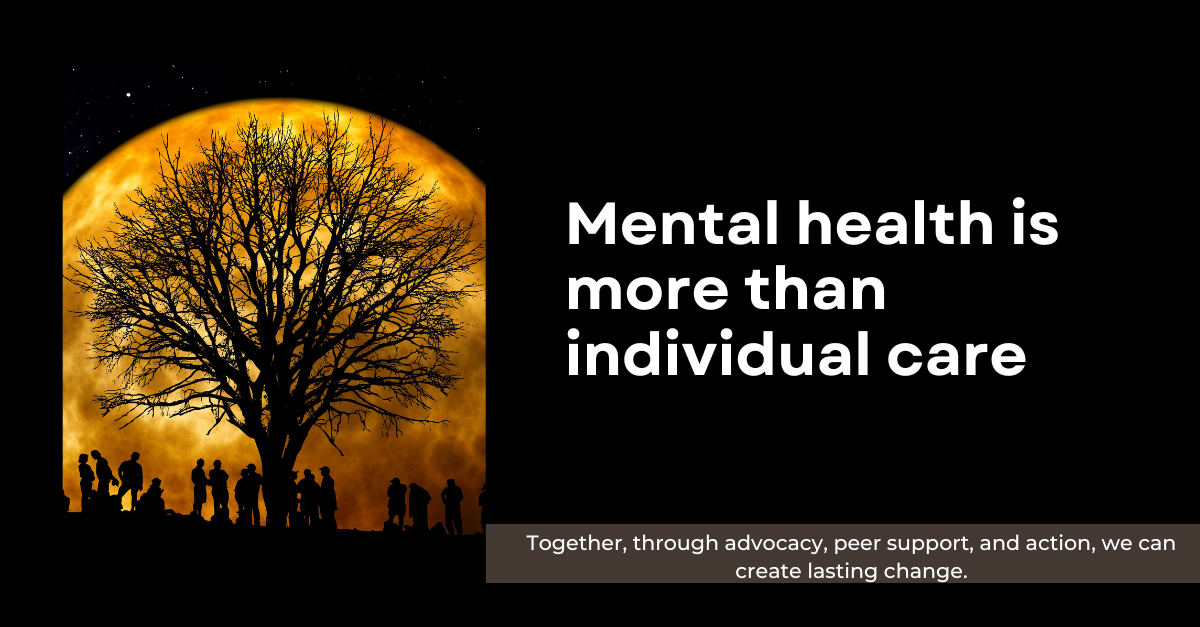Unpacking the Science of Goal-Setting and Practical Tips for Lasting Change
It’s a new year, and many of us are filled with optimism, setting ambitious goals to improve our lives. Yet, research tells us a sobering truth: most New Year’s resolutions are abandoned before February. Only about 8% of people actually achieve their resolutions.
Why do so many resolutions fail?
- No Deeper Purpose: Goals like “go to the gym” or “save money” lack connection to a personal value. For instance, improving your health so you can enjoy more time with your grandchildren adds motivation.
- Vague Goals: Resolutions like “eat healthier” or “exercise more” are too broad to follow consistently.
- No Plan: Big goals without a structured approach can feel overwhelming.
- Lack of Accountability: Without someone to support or check in, it’s easy to lose momentum.
What Works Instead?
🔑
Link Your Resolution to a Greater Purpose
Your goals should connect to something meaningful in your life. For example, instead of “save money,” focus on “building financial security for my family.”
🎯
Be Specific and Measurable
Use the SMART framework: Specific, Measurable, Achievable, Relevant, and Time-bound. For example, “I’ll prepare home-cooked meals 5 days a week” is more actionable than “eat healthier.”
📋
Create a Step-by-Step Plan
Break your goal into manageable steps. Start small and celebrate progress along the way.
🤝
Accountability is Key
Share your goal with a trusted friend, family member, or coach. Regular check-ins can make a huge difference.
👩🏫
Consider Professional Guidance
A coach or guide can help clarify your purpose, develop realistic plans, and provide ongoing accountability.
This year, let’s aim for resolutions that aren’t just about big dreams but also include the systems and support needed to make them a reality.











